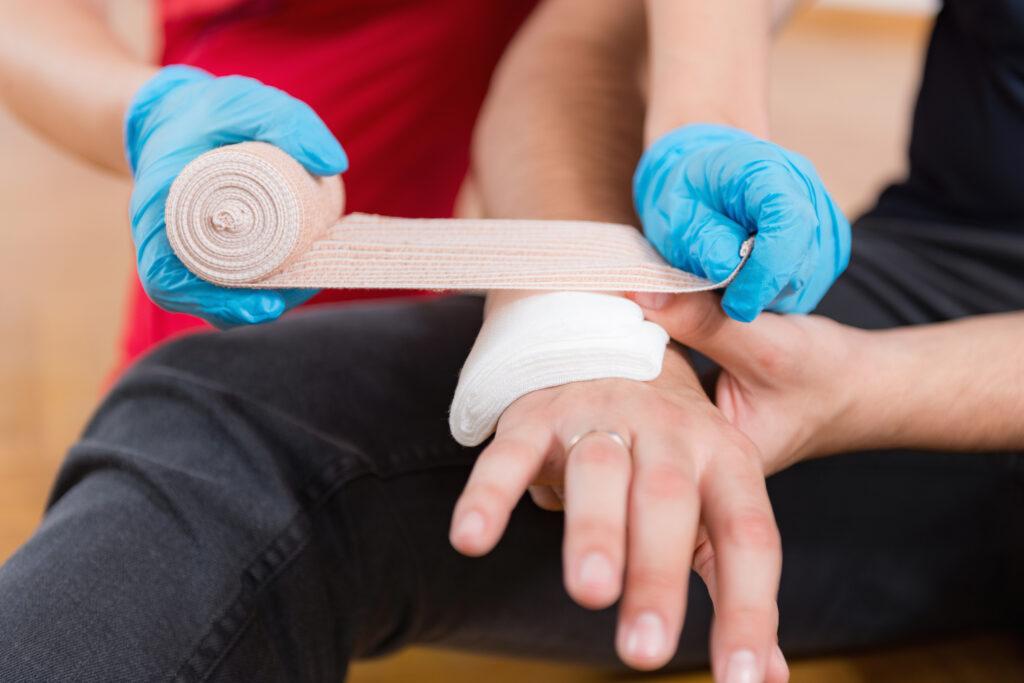Accidents happen—whether you’re cooking in the kitchen, playing sports, or just going about your day. Knowing how to properly treat cuts and scrapes can prevent infection, speed up healing, and minimize scarring. Here’s a simple guide to help you handle these minor injuries effectively.
1. Clean the Wound
The first and most crucial step is to clean the wound. Start by washing your hands thoroughly with soap and water to avoid introducing bacteria. Next, gently rinse the cut or scrape under cool running water. This helps to remove dirt, debris, and bacteria from the wound. Avoid using alcohol, hydrogen peroxide, or iodine directly on the wound, as these can damage the tissue and slow healing.
2. Stop the Bleeding
Most minor cuts and scrapes will stop bleeding on their own after a few minutes. If the bleeding persists, apply gentle pressure with a clean cloth or sterile gauze. Elevating the injured area above the level of the heart can also help slow the bleeding. Once the bleeding has stopped, check the wound to ensure it’s clean and free of debris.
3. Apply an Antibiotic Ointment
After cleaning the wound and ensuring it’s debris-free, apply a thin layer of antibiotic ointment. This helps prevent infection and keeps the wound moist, which can promote faster healing. Common over-the-counter options include Neosporin or Bacitracin.
4. Cover the Wound
Covering the wound protects it from bacteria, dirt, and further injury. Use a sterile bandage, adhesive strip, or gauze pad depending on the size and location of the wound. Change the dressing daily or whenever it becomes dirty or wet. For scrapes, especially on knees or elbows, consider using a flexible adhesive bandage that moves with your body.
5. Monitor for Infection
Even with proper care, wounds can sometimes become infected. Watch for signs like increased redness, swelling, warmth, pus, or worsening pain. If you notice any of these symptoms or if the wound doesn’t start to heal within a few days, consult a healthcare professional. Additionally, if the cut is deep, jagged, or caused by a dirty or rusty object, seek medical advice right away, as you may need a tetanus shot or stitches.
6. Promote Healing
To support the healing process, keep the wound clean and covered, and avoid picking at scabs. Eating a balanced diet rich in vitamins and minerals can also help your body repair itself. Vitamin C, zinc, and protein are particularly beneficial for wound healing.
By following these steps, you can ensure that minor cuts and scrapes heal quickly and with minimal complications. Proper wound care not only speeds up recovery but also helps prevent infections and reduces the risk of scarring.

